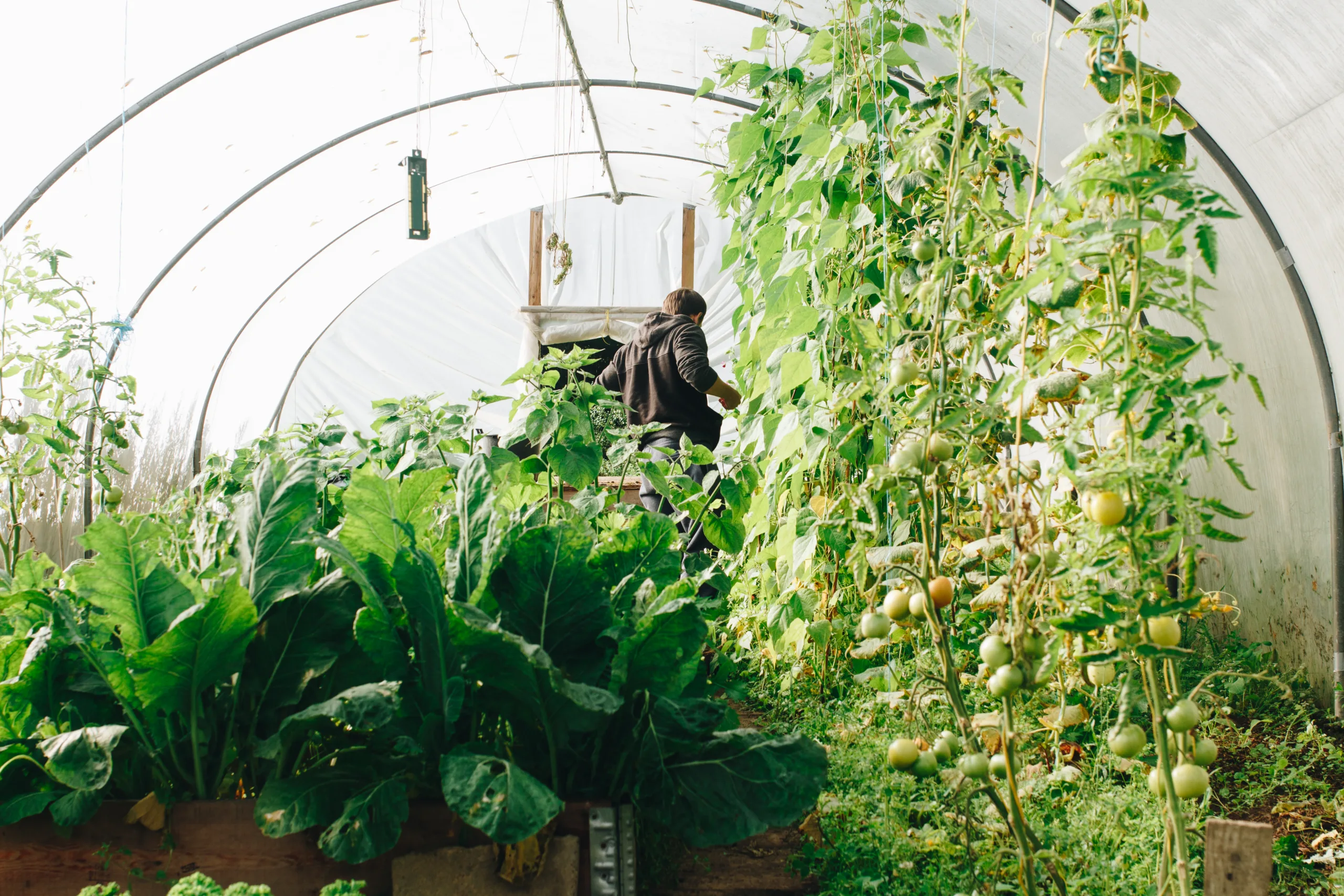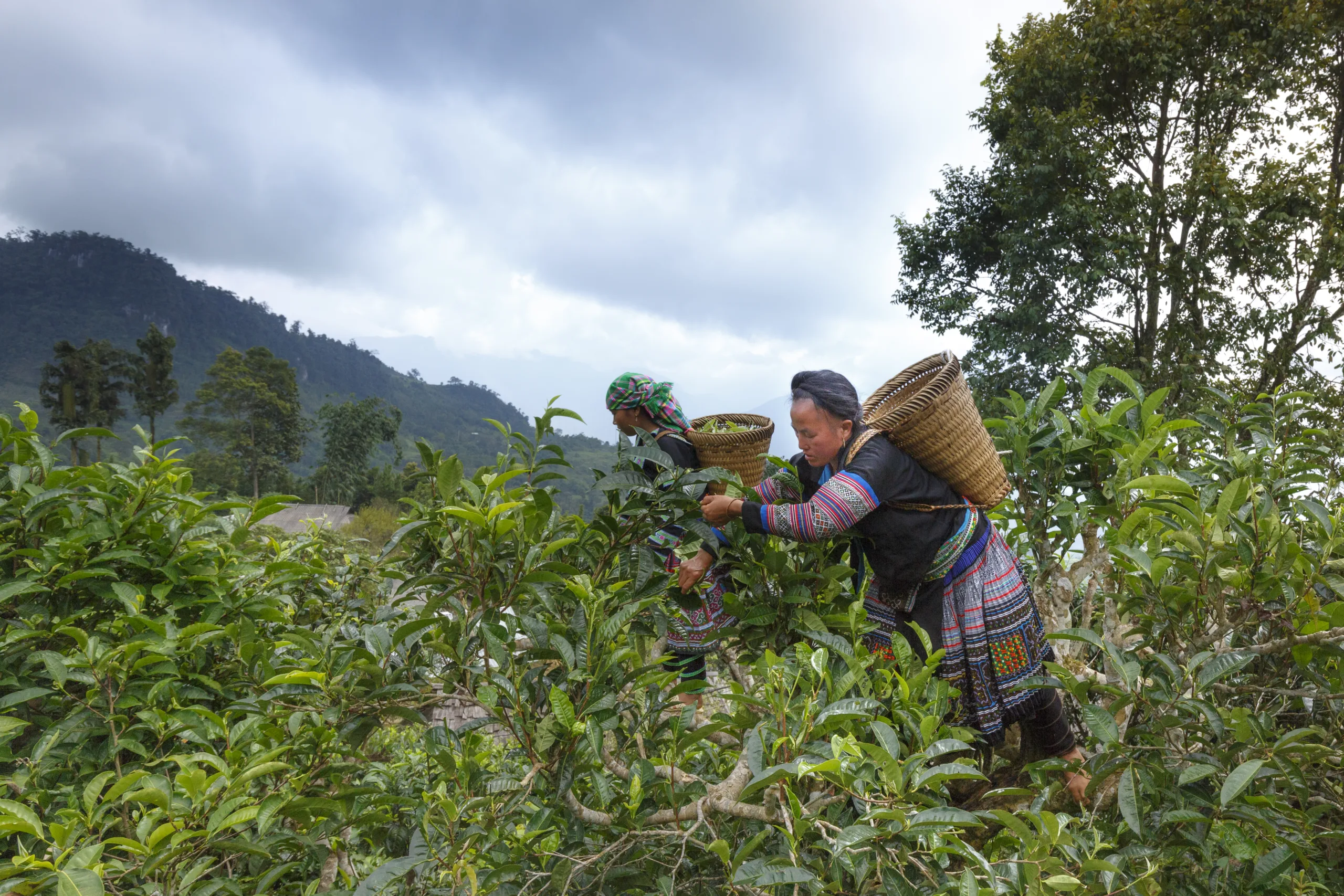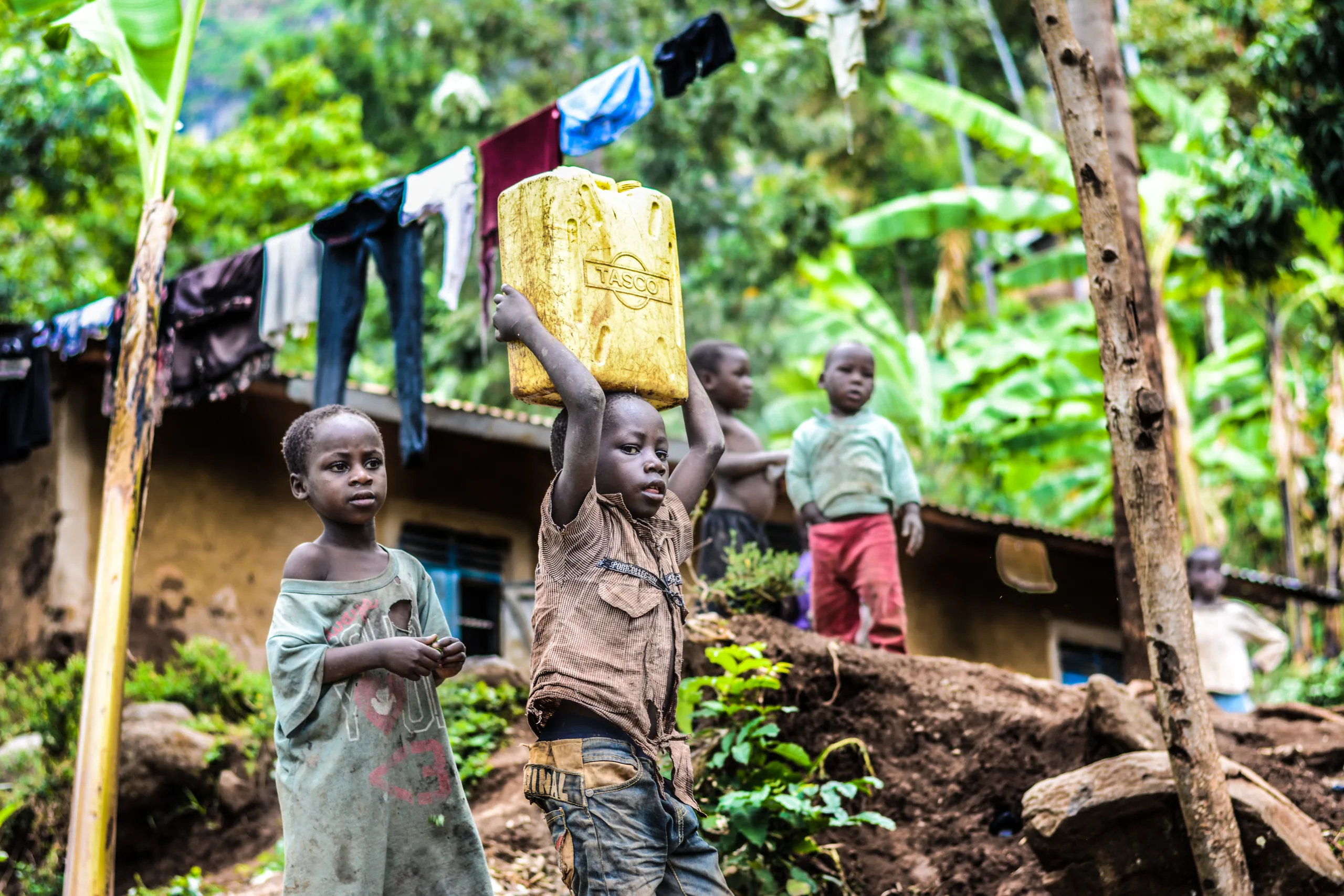Trees are essential to our environment, providing oxygen, shade, and beauty. But is it difficult to grow trees?
For those looking to start a garden or add trees to their property, the task can seem daunting. Questions may arise such as which tree species are best for my area or how much space do I need to cultivate a tree? Growing trees is a long-term investment and understanding the basics of planting and caring for trees can help ensure successful results. This article will answer all of these questions and more, so that you can make an informed decision about growing trees.
Growing trees provides many benefits, such as improving air quality, providing shade and habitat for wildlife, reducing erosion, and even providing food. Trees absorb carbon dioxide from the atmosphere and release oxygen into the air, which helps to purify the air. They also provide shade from the sun and shelter for animals. Additionally, their roots help to prevent soil erosion by trapping water and binding soil particles together. Finally, some trees can even provide food in the form of nuts, fruits and leaves.
Challenges in Growing Trees
Growing trees is not always easy. There are a number of challenges that can arise when attempting to cultivate and care for a tree. The most common challenges can be divided into two major categories: environmental and human-caused. Environmental challenges can include extreme weather, soil conditions, lack of sunlight, and pest infestations. Human-caused challenges often involve lack of knowledge, improper pruning and cultivation techniques, inadequate watering or over-watering, and using harmful pesticides. Each of these challenges can affect the health and growth of a tree, making it difficult to maintain in the long run.
Climate change is another factor that should be taken into consideration when growing trees as it can significantly affect their growth rate. Extreme temperatures and unpredictable rainfall can lead to drought stress or cold damage. Additionally, tree species native to certain regions may not survive in other areas due to climate change or other environmental factors such as soil composition or water availability.
Another challenge that is often overlooked when growing trees is the lack of knowledge on proper pruning techniques. Pruning is an important aspect of tree care as it helps promote healthy growth and maintains the shape of the tree. Improper pruning techniques can lead to disease, reduce flowering potential, or even cause death of the tree over time.
Finally, pests are another major challenge for those growing trees. Pests such as insects and fungi can cause significant damage if left unchecked. It is important to identify any potential pests early on in order to take action before they cause too much harm. Using natural methods such as introducing beneficial insects or applying organic pesticides is recommended for controlling pests without damaging the environment.
Overall, there are many challenges that come with growing trees but with proper knowledge and care these issues can be minimized or avoided altogether. Taking the time to research each species before planting it is essential in order to ensure its long-term health and success in your garden or landscape.
Necessary Requirements for Growing Trees
Growing trees requires an understanding of the necessary requirements that must be met in order to ensure their successful development and growth. These requirements include the right amount of sunlight, soil, water, temperature, and air circulation. Without meeting these requirements, it is unlikely that trees will thrive and survive.
Sunlight
Sunlight is essential for photosynthesis to occur in trees, which allows them to create the energy needed for growth. The amount of sunlight required for trees varies depending on the species, but most require some direct sunlight each day. Too little sunlight can lead to stunted growth or even death.
Soil
The type of soil in which a tree grows is also important, as different types of soils provide different levels of nutrients and other minerals needed by the tree. Sandy soils tend to drain quickly, while clay soils hold moisture longer. Trees should be planted in soil that is well-drained yet retains some moisture.
Water
Water is also essential for a tree’s survival and growth. Most trees require regular watering during dry periods; however, too much water can be just as detrimental as too little. The amount of water needed by a tree depends on its size and species; larger trees typically need more water than smaller ones do.
Temperature
Temperature also plays an important role in a tree’s health and growth rate; some varieties are more tolerant of extreme temperatures than others are. Most trees prefer temperatures between 65-85°F (18-29°C). Temperatures outside this range can cause stress on the tree and may even lead to death in extreme cases.
Air Circulation
Finally, air circulation is necessary for proper respiration and transpiration in trees; both processes are necessary for healthy growth rates and overall health of the tree. Trees should not be planted too close together as this can inhibit air circulation between them and cause growth problems or even death due to suffocation or lack of oxygen supply.
Soil Requirements for Growing Trees
Soil is one of the most important components for growing trees. The type of soil, its texture, and composition are all important factors in determining the health of the tree. For optimal growth and development, trees need a soil that has a good mix of organic matter, nutrients, and moisture. That means that the soil should have good drainage and adequate aeration. Soil pH is also important as it affects the availability of nutrients to the tree. The ideal range for most trees is 6.0 to 7.5.
In addition to these basic requirements, there are other factors that must be taken into consideration when selecting a soil for planting trees. It is important to consider drainage and aeration when selecting a site for planting as this will affect root growth and overall tree health. Sandy soils may require additional organic matter or amendments to improve water retention and provide adequate nutrition for tree growth.
The amount of sunlight exposure can also play an important role in soil selection. Soils that receive more sunlight tend to be warmer and dryer than those in shadier areas so they may require additional amendments or irrigation to promote healthy growth. Clay soils can be particularly challenging when trying to create an optimal environment for tree growth as they tend to be very dense and can suffer from inadequate drainage.
Finally, it is important to select trees that are suited for your particular climate and soil conditions. Different species of trees may have different requirements when it comes to soil pH, moisture levels, organic matter content, etc., so it is important to research which type of tree will thrive in your particular area before planting.
In conclusion, selecting the right type of soil is key if you want your tree to thrive. Make sure you take all factors into consideration when making your decision so you can create an optimal environment for your tree’s growth and development.
Sunlight Requirements for Growing Trees
Trees require adequate sunlight in order to grow and thrive. Without the necessary sunlight, trees will not be able to endure the elements and may die prematurely. It is important to consider the amount of sunlight a tree will receive when deciding which type to plant. Different types of trees have varying needs when it comes to sunlight, so it is best to research a particular species before planting.
When selecting a tree, you should consider its natural habitat as well as the climate of your area. Trees that prefer full sun will need six or more hours of direct sunlight each day in order to remain healthy and strong. Those that are more tolerant of shade may need only four hours of direct sunlight per day. Trees that prefer partial shade should receive two to four hours of direct sunlight per day while those that thrive in full shade may not need any direct sunlight at all.
In addition to considering the amount of sunlight a tree needs, you should also take into account the position of the sun throughout the day. During summer months, trees may require more shade than they do during winter months due to higher temperatures and increased intensity of the sun’s rays.
It is also important to note that trees can be sensitive to wind exposure as well as prolonged periods without water or nutrients from soil. These factors can contribute to a tree’s overall health and should be taken into consideration when planting and caring for trees in your yard or garden.
When selecting a location for your tree, it is important to look at how much available space there is around it for light and air circulation as well as how much shelter it has from harsh winds or storms. A good rule of thumb is to plant trees at least 10 feet away from buildings or structures in order provide enough space for adequate light, air circulation and protection from strong winds.
Overall, providing adequate sunlight for your trees is essential for their growth and health. By researching the specific species you are interested in planting, you can determine what their specific needs are when it comes to light exposure and positioning within your yard or garden space in order keep them thriving long-term!

Nutrient Requirements for Growing Trees
The proper nutrition of trees is essential to their growth and development. Trees require a wide range of nutrients, including nitrogen, phosphorus, potassium, calcium, magnesium, sulfur, iron and zinc. These nutrients must be present in the right amounts and in the right proportions in order for trees to thrive.
Nitrogen is an important nutrient for trees as it helps with their growth and development. It is used to form proteins and helps to produce chlorophyll which is necessary for photosynthesis. Nitrogen can come from organic sources such as compost or manure or from synthetic fertilizers.
Phosphorus is important for the root system of trees as it helps with root growth and development. Phosphorus also helps with flowering and fruit production. Phosphorus can come from organic sources such as bone meal or from synthetic fertilizers.
Potassium helps to regulate water movement in plants and increases plant resistance to disease and pests. Potassium can come from organic sources such as wood ash or from synthetic fertilizers.
Calcium helps trees absorb other nutrients more effectively and improves soil structure by binding soil particles together. Calcium can come from organic sources such as limestone or from synthetic fertilizers.
Magnesium is necessary for photosynthesis and helps with the formation of chlorophyll which is necessary for photosynthesis. Magnesium can come from organic sources such as dolomitic limestone or from synthetic fertilizers.
Sulfur helps with the formation of proteins which are important for growth and development of trees. Sulfur can come from organic sources such as gypsum or from synthetic fertilizers.
Iron is necessary for producing chlorophyll which is necessary for photosynthesis and also helps with plant respiration. Iron can come from organic sources such as iron sulfate or from synthetic fertilizers.
Zinc helps with root growth and development as well as flower formation, fruit production, seed germination, plant respiration, photosynthesis and other metabolic processes within plants . Zinc can come from organic sources such as zinc sulfate or from synthetic fertilizers.
In addition to providing adequate nutrition through fertilizer applications, proper soil management practices should be followed to ensure that the tree’s roots have access to oxygen, water, air circulation and adequate drainage in order to promote healthy tree growth.
Water Requirements for Growing Trees
Trees are essential for a healthy environment, and one of the most important things they need to survive is water. In order to ensure that your trees have enough water, you must understand their specific water requirements. While all trees require water, the amount needed can vary depending on the species and environment. Some trees have higher water needs than others, so it is important to consider the type of tree you are planting and its natural habitat when planning your watering schedule.
The amount of water needed by a tree will depend on a variety of factors, including its age, size, and environment. Young trees generally need more moisture than mature trees because they are still establishing their root systems. Trees in hot climates may also require more water than those in cooler ones due to higher evaporation rates. Additionally, soil type can also affect how much moisture is available for the tree’s roots to absorb. Sandy soils will require more frequent watering than clay soils because they do not retain moisture as well.
When watering your trees, it is important to provide them with a deep soaking rather than frequent light sprinkles. This ensures that the entire root system gets enough moisture for healthy growth. The frequency of watering will depend on the type of tree and environmental conditions, but as a general rule of thumb, newly planted trees should be watered once a week during dry conditions while established trees usually only need supplemental irrigation during extended periods without rain.
It is also important to note that over-watering can be just as harmful as under-watering when it comes to tree health. Too much moisture around the root zone can cause root rot or other diseases that can damage or even kill a tree if left unchecked. Pay attention to your tree’s leaves and branches for signs of stress such as wilting or discoloration that could indicate it isn’t getting enough or too much water.
In conclusion, proper watering is essential for healthy tree growth and maintenance. By understanding your tree’s specific requirements and providing adequate moisture with deep soakings rather than frequent light sprinkles you will ensure that your tree has what it needs to thrive in any environment!
Different Types of Trees to Grow
Trees are one of the most important components of a healthy and sustainable environment. Not only do they provide shade and beauty, but they also help to purify the air and protect wildlife habitats. There are many different types of trees that you can grow in your garden or yard, depending on your climate and preferences. Here are some of the most popular trees to consider for planting.
One of the most common trees for landscaping is the evergreen tree. Evergreens come in a variety of shapes and sizes, so you can choose one that fits your needs. Some popular evergreen varieties include pine, fir, spruce, and cypress. Evergreens are also highly adaptable to different climates and soil conditions, making them a great choice for home gardens.
If you’re looking for an ornamental tree, then fruit trees are an excellent option. Fruit trees add beautiful colour to any landscape and can also provide fresh fruit for you to enjoy. Apples, pears, peaches, cherries, plums, apricots – these are just some of the types of fruit trees that you can plant in your garden or yard.
If you want something with more height then coniferous trees might be what you’re looking for. These tall and stately trees come in many varieties such as cedars, junipers, hemlocks, Douglas firs and pines. Coniferous trees often have needle-like leaves that stay green all year-round making them a great choice for winter interest in your garden or yard.
Finally there are flowering trees which come in an array of colours depending on the season. Some popular flowering varieties include magnolias, dogwoods, cherry blossoms and crabapples among others. Flowering trees add an extra layer of beauty to your landscape as well as providing nectar for pollinators such as bees and butterflies which is beneficial for both wildlife and your garden’s health overall.
No matter what type of tree you choose to grow it’s important that you research your particular climate zone before planting so that you know what varieties will thrive best in your area. Trees not only add beauty but provide shade from the sun’s heat as well as essential oxygen back into our atmosphere so it’s important that we take good care of them!

Conclusion
It is clear that growing trees is not an easy task. It requires a lot of dedication and commitment from the gardener or caretaker, as well as the right knowledge and resources. Trees require regular maintenance, such as pruning and fertilizing, to stay healthy and thrive. The climate and soil in which they are planted can also have a significant influence on how difficult it is to grow a tree. Ultimately, success in growing trees depends on the gardener’s commitment and the environmental conditions in which they are planted.
In conclusion, growing trees can be difficult but with careful planning, dedication and effort it can be done with good results. Trees provide many benefits for our environment, so it is worth taking the time to learn how to grow them properly.

My interest in trees started when I first saw the giant sequoias in Yosemite.
I was a teenager then, and I remember thinking, “I need to learn more about this.”
That moment stuck with me.
A few years later, I went on to study forestry at Michigan Tech.
Since graduating, I’ve worked in a mix of hands-on tree care and community education.
I’ve spent over ten years helping people understand how to plant, maintain, and protect the trees in their neighborhoods.
I don’t see trees as just part of the landscape.
They are living things that make a real difference in our daily lives.
